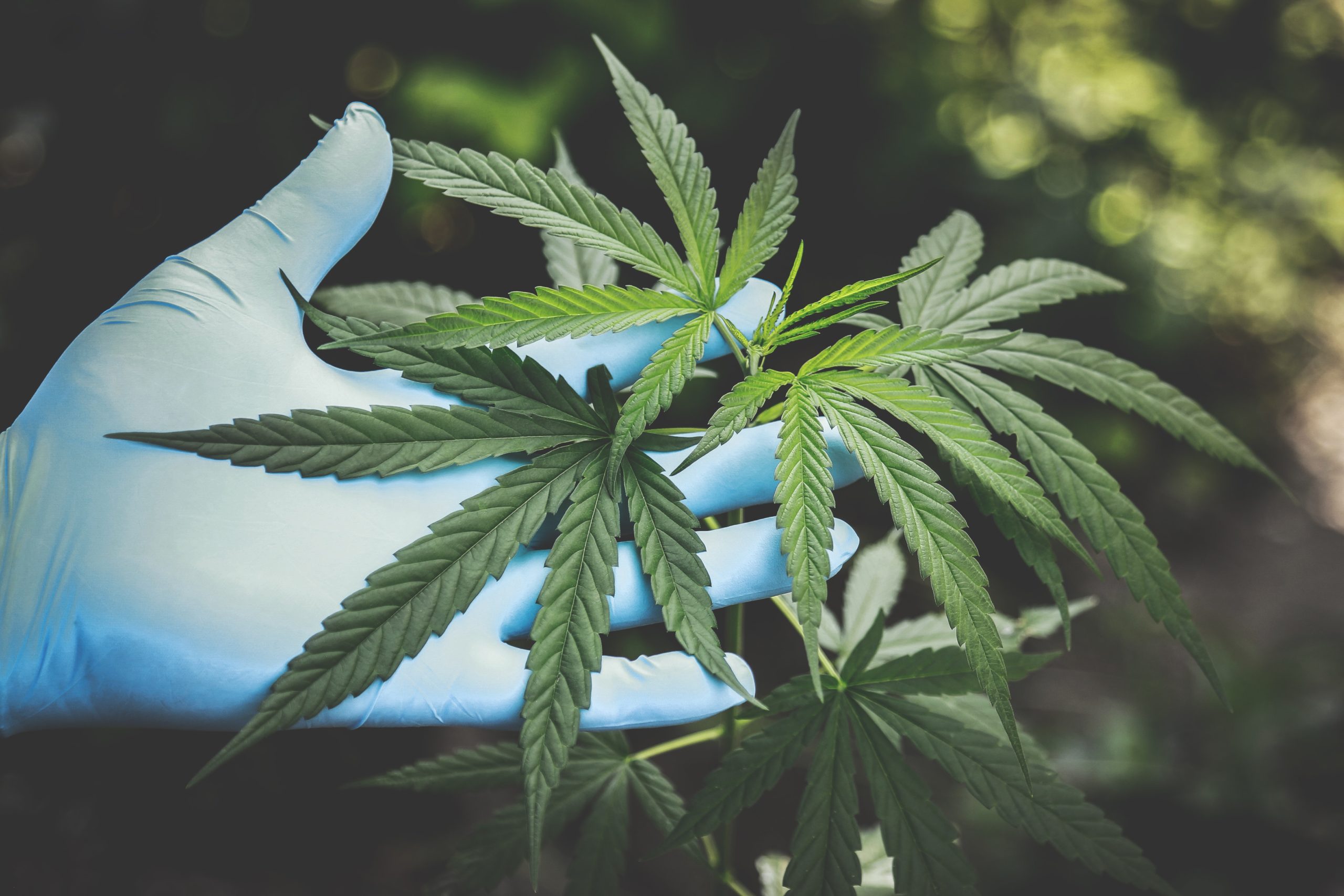Compliant cannabis packing is extremely important for state legislators, especially to keep products off of the black market and out of the hands of those who are underage. Packing and labeling are complex labyrinths in the legal world of cannabis. Each state has its own rules and regulations around this topic making decisions slightly more difficult for Multi-State Organizations. It is necessary to understand the importance of compliant cannabis packaging as a brand to ensure you are up to date on all that is required.
Cannabis Packaging Importance
Many states and early cannabis regulations treated cannabis as a prescription drug, so packaging laws followed a similar suit. While many medical states and dispensaries still use pill bottles, companies have changed the color to ensure this is not confused with pharmaceutical medication, especially for children. Nowadays it is important to have cannabis packaging follow the laws of the state product that is sold in requiring an opaque container with a safety lock, or child-resistant pouch.
The ever-changing rules and regulations of the cannabis industry mean that you as a brand must stay on top of the markets you sell in. Staying compliant does not mean you will need to lose your branding many cannabis compliant packaging companies help you to brand your products, including DC Alchemy. However, as a brand, it is important to know what needs to be changed, when it needs to be changed, and which states you sell in are requiring changes.
3 Main Categories of Compliant Packaging
Many states focus on specific categories of compliant cannabis packaging.
- Design prohibitions
- Required language
- Technical requirements
- Packaging testing
Cannabis Packaging Design
Many states require that there be specific packaging designs avoided in the cannabis industry. This includes packaging and products that appeal to children, resemble a piece of candy, a toy, an insect, etc. These products (such as gummies in the shape of common candies) are illegal in many states and require packaging not to entice a child to go near it – think of the bright colors on candy bags. The packaging of these products also cannot resemble a brand name commonly associated with children.
Language Requirements
Language is important on cannabis packaging to provide warnings of us to those who purchase. Similar to alcohol it is important to mention impaired use, operation of heavy machinery, use with alcohol, and warnings to use during pregnancy, and breastfeeding. Most states also require products such as edibles to mention a delay of effects. As a cannabis company, especially a multi-state organization, it is necessary to have your language covered for the most restricted states.
Technical Requirements
Many states require that packaging be child-resistant. This means any child under the age of 5 will have difficulty opening the product, or is unable to open the product entirely. It is also required that cannabis products leave a dispensary in an opaque package.
Packaging Testing
Any brand needs to know the testing results of the products they are purchasing. When you buy cartridges, syringes, or batteries from DC Alchemy all products are tested and will not be sold unless they meet the standard of heavy metal testings. Child-proof packaging must also go through rigorous testing to ensure it meets compliance and safety standards. Each state does require different testing results, but it is important as a company to hold your packaging to the highest requirements. It is also important to note that while packaging needs to be child-resistant it should also be senior-friendly.
Conclusion
Packaging companies, including DC Alchemy, do not look at these regulations as a hurtle. We align our packaging process to be safer for brands, consumers, and children to meet these regulatory requirements. While many may think child-resistant means packaging is no longer attractive this is not the case. Aesthetics and compliance have merged to help cannabis companies be successful in marketing to retail locations and consumers.
